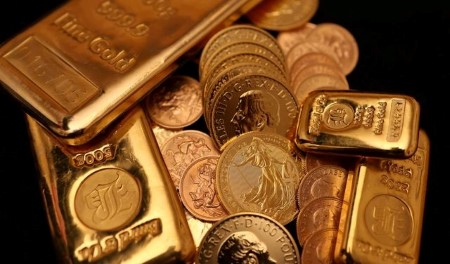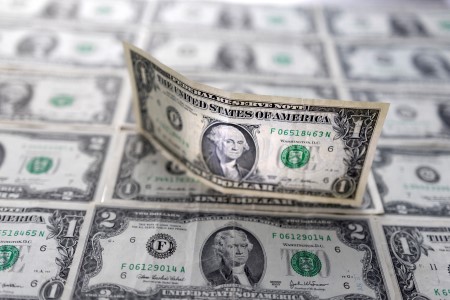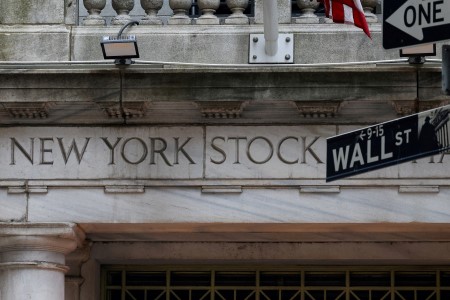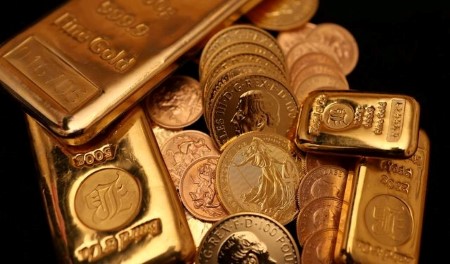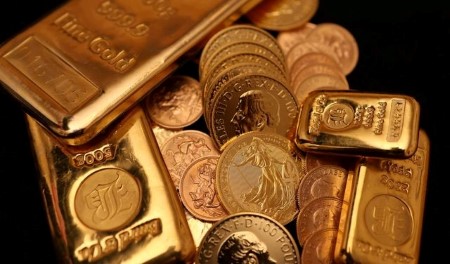Gold prices fell by 1% on Friday, weighed down by uncertainty over another US Federal Reserve interest rate cut this year, but the metal remained poised for a third straight monthly gain.
Spot gold fell 0.6% to USD 4,001.74 per ounce at 1:49 p.m. ET (1749 GMT) and was on track for a 3.7% gain this month.
US gold futures for December delivery settled 0.5% lower at USD 3,996.5 per ounce.
The dollar index held near a three-month high, making greenback-priced bullion more expensive for other currency holders.
Federal Reserve Bank of Cleveland President Beth Hammack said on Friday she had opposed the central bank cutting interest rates this week, adding that the Fed needs to maintain some restrictions to bring down inflation.
“Hammack is hammering gold as she becomes the third regional Fed President to publicly oppose further rate cuts at this stage, given elevated inflation. Hammack will be an FOMC voter in 2026 and shows the market was over-optimistic in pricing lower rates,” said Tai Wong, an independent metals trader.
The Fed cut interest rates on Wednesday, but hawkish remarks from Chair Jerome Powell mean markets are now pricing a 63% chance of an interest rate cut in December, down from over 90% earlier in the week, the CME FedWatch tool showed.
Gold loses its appeal when interest rates are higher, as it is a non-yielding asset. The metal has gained 53% this year, hitting a record high of USD 4,381.21 on October 20.
Morgan Stanley said on Friday it continues to see upside for gold on interest rate cuts, ETF inflows, central bank purchases and ongoing economic uncertainty. The bank expects gold to average USD 4,300 in the first half of 2026.
US President Donald Trump said on Thursday he would trim tariffs on China to 47% from 57% in exchange for Beijing cracking down on illicit fentanyl trade, resuming US soybean purchases and keeping rare earths exports flowing.
Elsewhere, spot silver fell 0.4% to USD 48.73 per ounce, platinum lost 1.7% to USD 1,583.41, and palladium fell 0.4% to USD 1,440.02.
(Reporting by Noel John and Pablo Sinha in Bengaluru; editing by Deepa Babington, Vijay Kishore, and Alexander Smith)







 DOWNLOAD
DOWNLOAD




